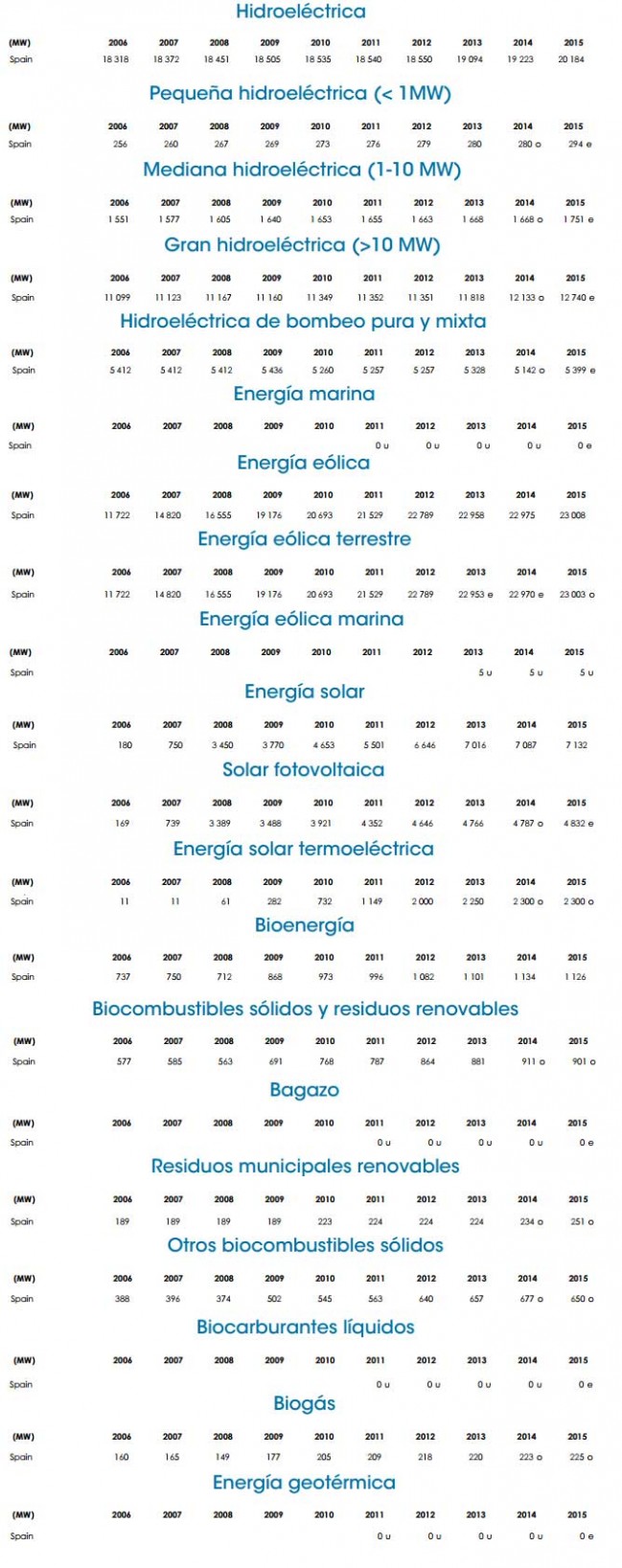-
Phone Number
-
Email Address
The organization Greenpeace calls again attention to the importance of renewables in the country del Sol, Spain. It stands out as an energy policy that affects the benefit of energy obsolete and polluting has a direct and overwhelming effect on household bills, preventing the take advantage of all the environmental and economic advantages of the two biggest energy opportunities that at the moment are being wasted in Spanish territory: the renewables and possible energy savings.
We remind you that the Greenpeace institution Last year I published a report called the Energy [R]evolution , the which demonstrated that it is possible to have a renewable future by 100% if there is a political will for the change energetic.
Now, hit the profits again highlighting six key points that demonstrate that if the new government stops "torpedoing" the energy saving and the renewable energy sector to safeguard the interest of electric companies, indeed we would have benefits in all sectors of the population and, above all, a balance in that energy bill that presents important deviations according to the season of the year .
Content menu:
In Spain the cost of electricity changes depending on the what technologies they provide every hour from day to day of the year. HE fixed by means of a wholesale market that every hour marks the price with a certain "marginalist" mechanism. This is, First, the entire stock of the most recent energy source is acquired. affordable and cheap.
From there, it goes on to acquire the most expensive ones until it reaches cover all the expected electricity needs in the country. So, the final price - to a greater extent - will be determined by the most expensive source.
By beginning the purchase of energy for the most affordable and cheap, the first energy sources to enter the market are those of the renewable sector (which offer their production to practically zero cost, taking into account that the wind and the sun are free, with maintenance costs and low operation) and energy from nuclear (which in actually externalises most of its environmental costs, such as the management and maintenance of nuclear waste or the problem of limited liability in case of major accident).
If more electricity is needed to satisfy all the country's demand, people go in search of a more expensive energy, like the one that comes from lignite or gas that they have a high rate of polluting and CO2 emissions.
It is important to review two articles of interest about the renewable; The first are the types of bioenergy that use of biomass energy and the second, the tidal power in the marine energy sector, which is at the forefront of rise worldwide due to the production of clean energy from constant form.
In the end, all of them together will receive for the electricity sold to the wholesale market the same price, the of the latest technology to enter, come on… the most expensive!
The less renewable energy enters the market, in In general, the higher the wholesale cost of electricity will be since it will increase the probability that it will be necessary to use more expensive and polluting plants such as lignite and gas to cover the electricity needs in each and every instant.
Almost every year around the months of January, June and July 2 things happen:
To understand it a little better, we provide the graphs Summary of this year by months. What is the production of renewable energy and energy demand.
Even if electricity consumption is reduced to zero, the consumer must continue to pay part of the bill Fixed electricity that is proportional to the contracted power. This fixed term has grown disproportionately in recent times as a result of pressure from electricity companies, which They do not want to see their benefits diminished even when the crisis or well energy efficiency measures have gone down significantly the demand for electricity. This causes the drop in summer consumption at home is practically not see reflected in the invoice.
It should also be noted that the net price of the electricity for domestic use continues with statistics at rise…

If we look at Spain, one of the countries with the most sun, there are very little installed solar energy (4.8 GW): only a quarter part than in Italy (18 GW) and only one tenth of what they have in Germany (40 GW). In addition, the evolution for new facilities are directly paralyzed…

This graph corresponds to the article of this portal Las renewables in numbers.
We must remember that the organization of Greenpeace demonstrated how renewables are the formula for a sustainable future, both for the environment as well as for the economy and the citizens, since it is possible have a 100% future.
Some articles of interest: